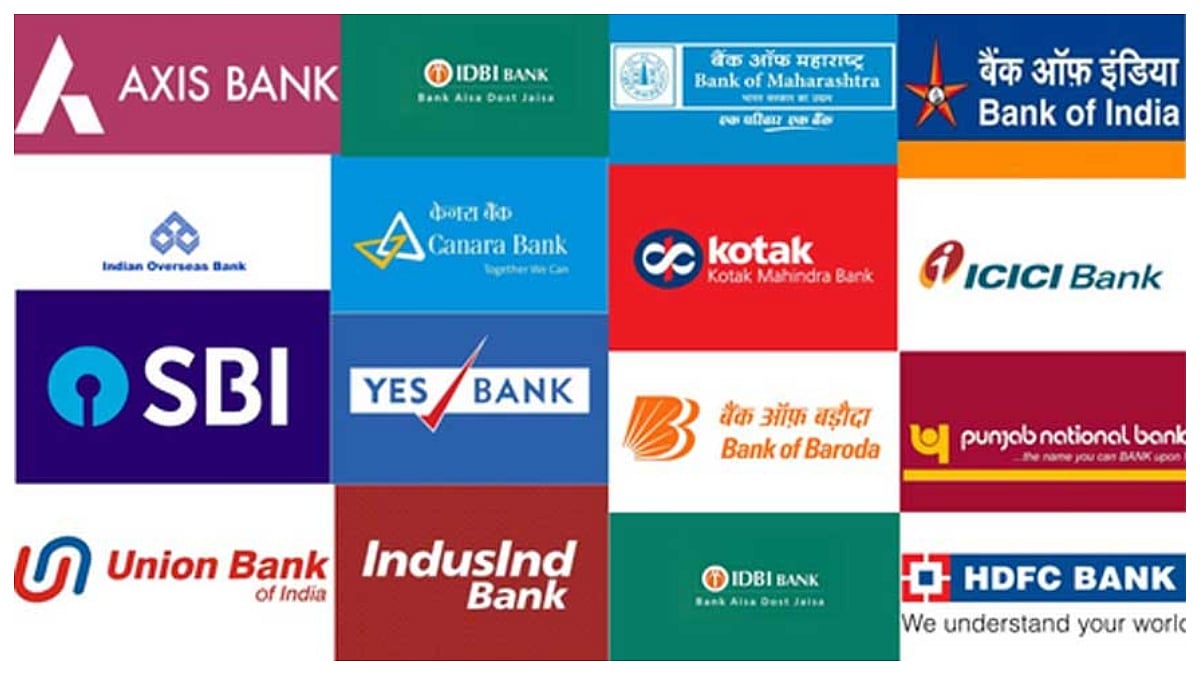Mumbai : Psychiatrists in public hospitals say they see a variety of mental ailments ranging from depression to phobias. While depression is the most common disorder, somatic disorders, a condition in which a patient has physical symptoms that involves more than one body part but no physical cause can be found by doctors, is the second most common.

Patients suffering from somatic disorders most commonly complain of irritable bowel syndrome (IBS) which causes discomfort in the abdomen, bloating and even constipation, other symptoms include physical problems such as impotence, headache and pain in different parts of the body.
Bipolar disorder is another mental illness that is commonly treated in public hospitals with 2-3 severe cases being observed on a weekly basis. A patient suffering from a very severe case of bipolar disorder was immediately admitted to Nair hospital after being brought to the OPD department on Wednesday. Bipolar disorder is a condition in which a person experiences extreme mood swings ranging from euphoria to depression. The mood swings between such mania and depression is very quick.
“We see two to three cases of bipolar disorder a week as it isn’t as common as depression or somatic disorders. However, that particular patient is suffering from type II bipolar disorder and had to be admitted,” said Dr Alka Subramanyam, associate professor of Nair hospital.
Government hospitals like Sion hospital, KEM and Nair hospital see about 20-25 new patients in the OPDs daily and around hundred more patients who frequent the psychiatry out patient department for follow-up treatments. Four to five fresh cases of depression are treated in these hospitals with most patients ranging between the age groups of 18-35.
At KEM, doctors saw a patient who uses five to six kgs of detergents and soaps on a daily basis for cleaning everything around her. “We are now treating her for obsessive compulsive disorder (OCD) using medication and therapy,” said Dr Shubhangi Parker, head of the psychiatry department.
Psychosis disorders such as schizophrenia and neurotic depression comprise of 50% of the patients in public hospitals, she said. OCD is an anxiety disorder in which people have unwanted and repeated behaviors that make them feel driven to do something.
Another mental disorder commonly seen in the city is phobia, which is a type of anxiety disorder that causes a persistent fear of an object or situation to which a person goes through extreme lengths in avoiding it that is considered irrational. “A patient had approached us with cynophobia, which is fear of dogs, and we treated her by using systematic desensitisation therapy in which she was made to imagine certain scenarios with a dog and her proximity to it,” said Dr Kranti Kadam, associate professor of Sion Hospital.
“We first make the patient go through scenes in their head in which they are at a relatively safe distance from their source of fear and then gradually start progressing to stages where they have to confront it. This enables them to come to terms with their irrational fears and slowly get over it,” added Dr Kadam.
Commenting on the phobia cases observed at Sion hospital, Dr Gurvinder Kalra, former associate professor of the hospital, said, “Phobia cases per se are not as common as agoraphobia – fear of open and crowded places – along with a panic disorder. We seen at least one patient suffering from panic attacks because of agoraphobia every other day.”
“Some people tend to find crowded platforms in railway stations overwhelming and suffer from a panic attack because of an underlying anxiety disorder,” added Dr Kalra.
(This is the second in a series on mental health awareness)









